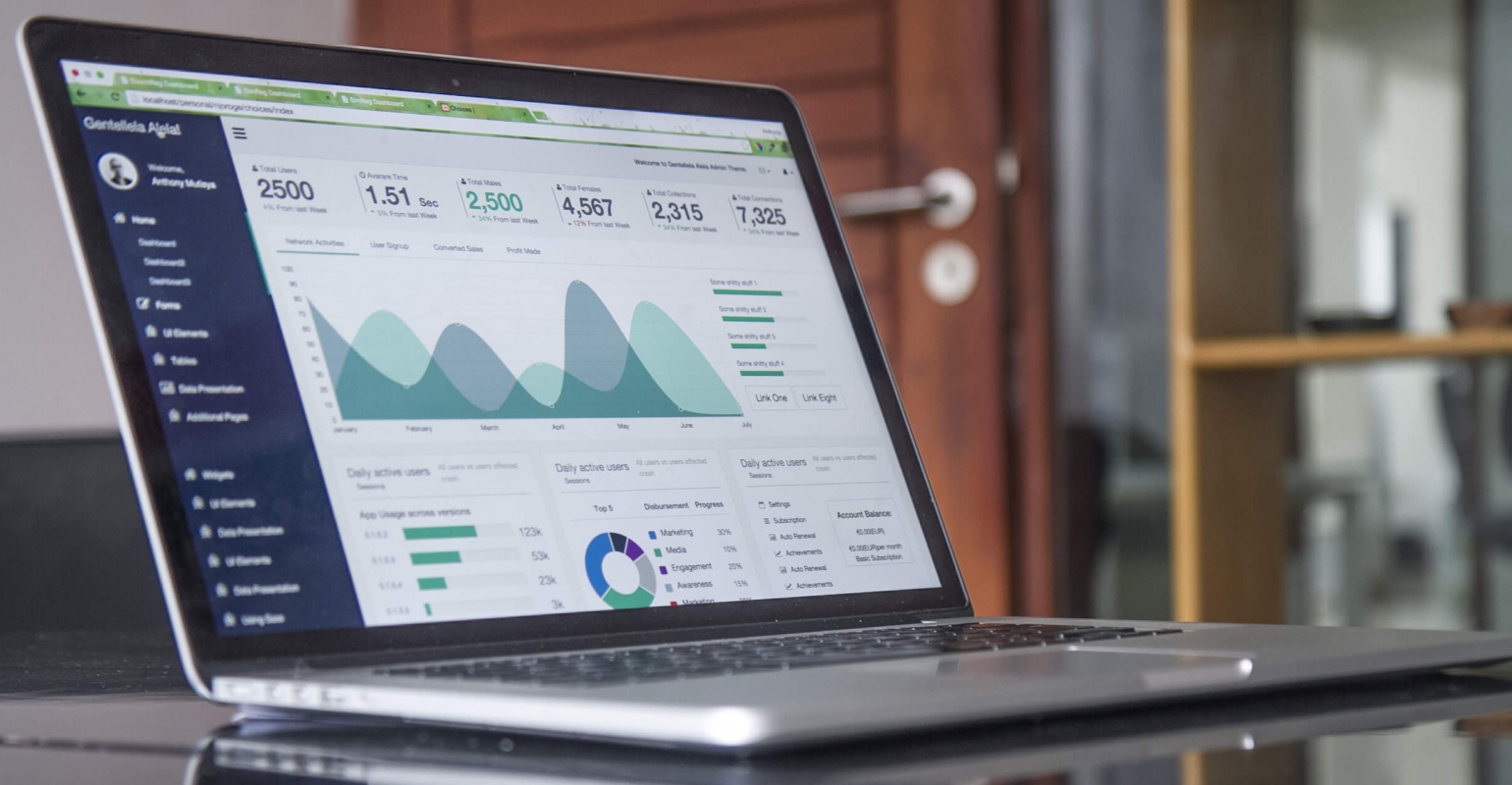
RUP itself has some clear milestones, for each phase (Inception, Elaboration, Construction, Transition). Trouble is that you usually can't just say: I've saved the last document of Inception, now we are ready for Elaboration.
Reaching a milestone is something which doesn't happen all of the sudden. And this means that closing out a phase is not always clear. Have we really "All risks have been identified and a mitigation strategy exists for each." covered that part? How do you know? Have you really identified all the risks when you are confident you have taken all required actions to identify them? You will always have a feeling that it is possible that you missed something… and this usually makes closing out a phase difficult. At the end of Inception usually some of the projectmembers are already doing some elaboration work. So when can you continue to the next phase? As soon as someone starts taking up activities from the next phase? Or when all work from the current phase is completed?
No. Closing out a phase is not binary (yes or no). It is a feeling that the milestone has been reached. This will probably leave some doubt whether the decision to go to the next phase was right or not. And that is why this decision should not only be taken by the projectmanager, but by everyone involved.
I use phase assessments and evaluations. The evaluation is for the improvement of the team itself. The assessment is to see whether everyone agrees on the fact that the milestone has been reached. Talk about the indifferences. Write down the milestones, and ask each stakeholder if the milestone has been reached (let them give a rating of 1-5). If a milestone is 4 or higher, there is no need to discuss it. When the milestone reaches an average of 3, you have a discussion at hand. If it is below 3, you cannot continue to the next phase.
The rating helps to change the gut feeling into something which can be discussed. So, discuss the milestone with the whole team (or at least the most important players within your team) and make a decision together.
Sometimes our outcome is that we have reached the milestone, but only once a specific list of actions has been taken. In this case the assessment helps to set the focus for the short time period.
Conclusion
Decide together if you have reached the milestone. If not, make a list of actions required to reach the milestone anyway.

 0 comments
0 comments Various
Various